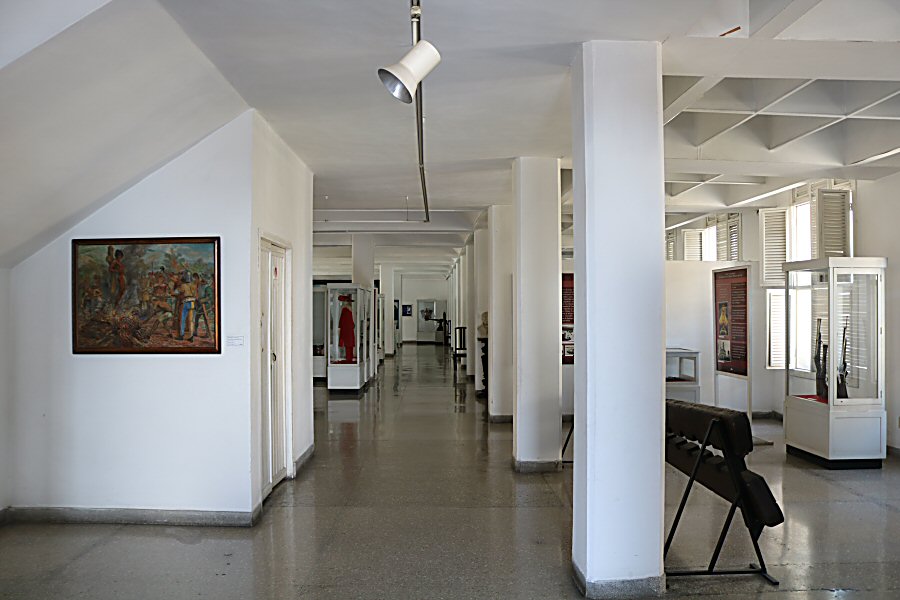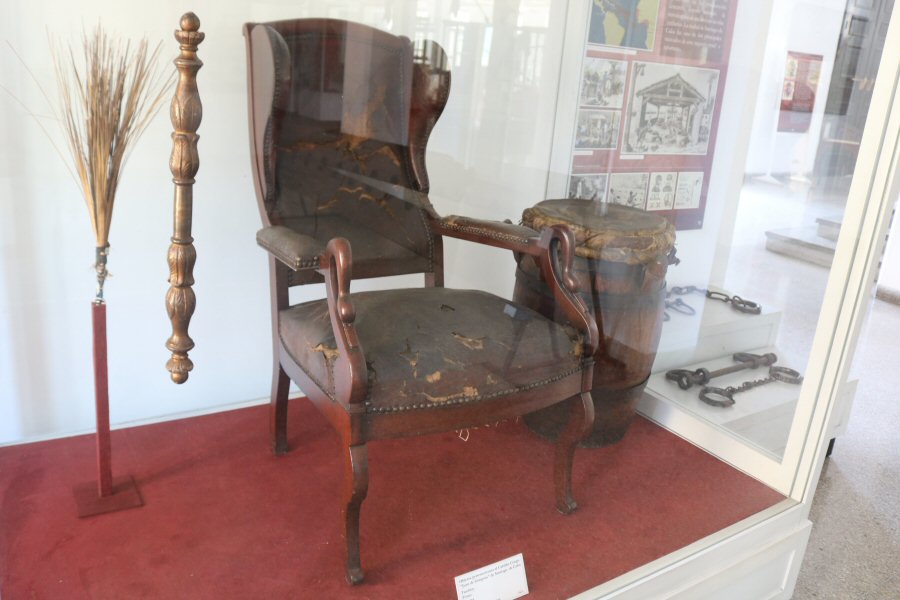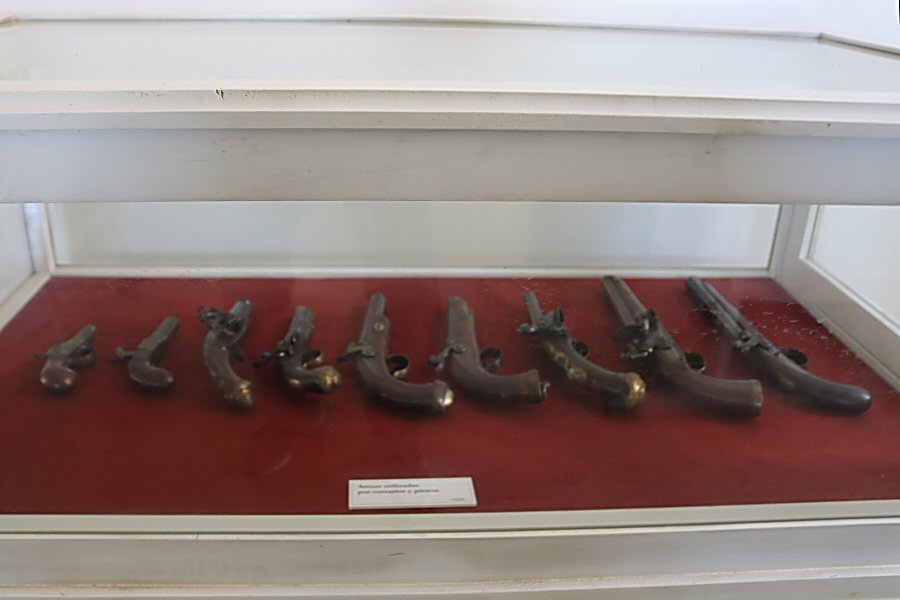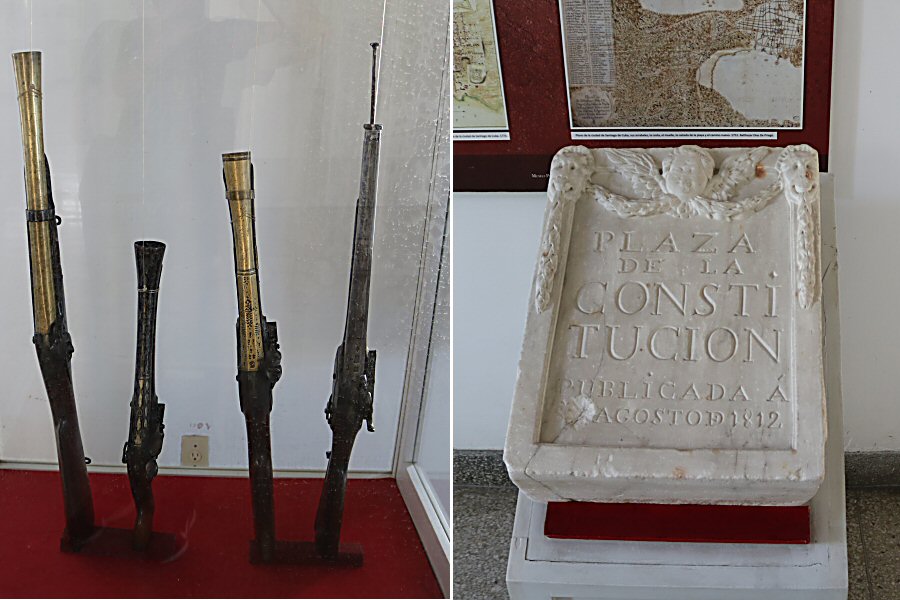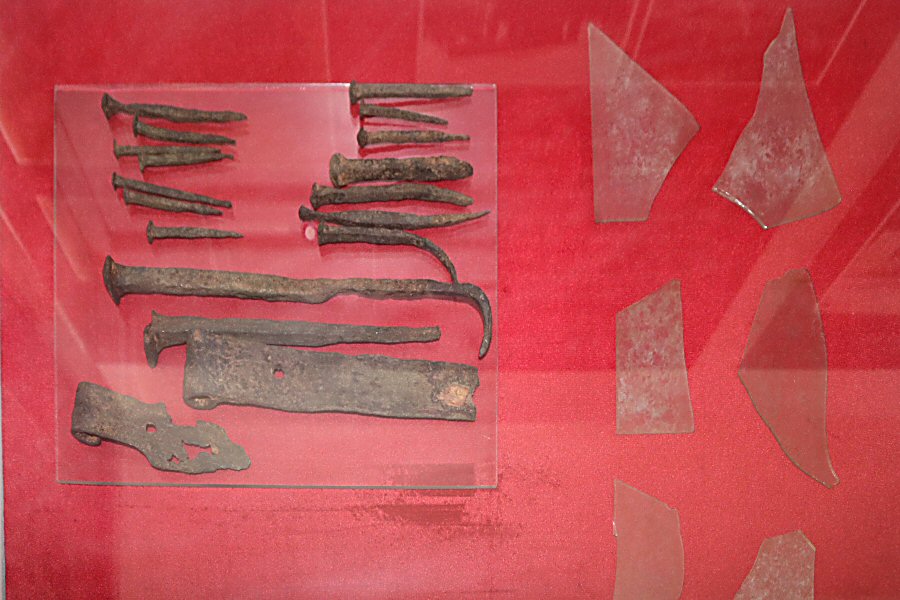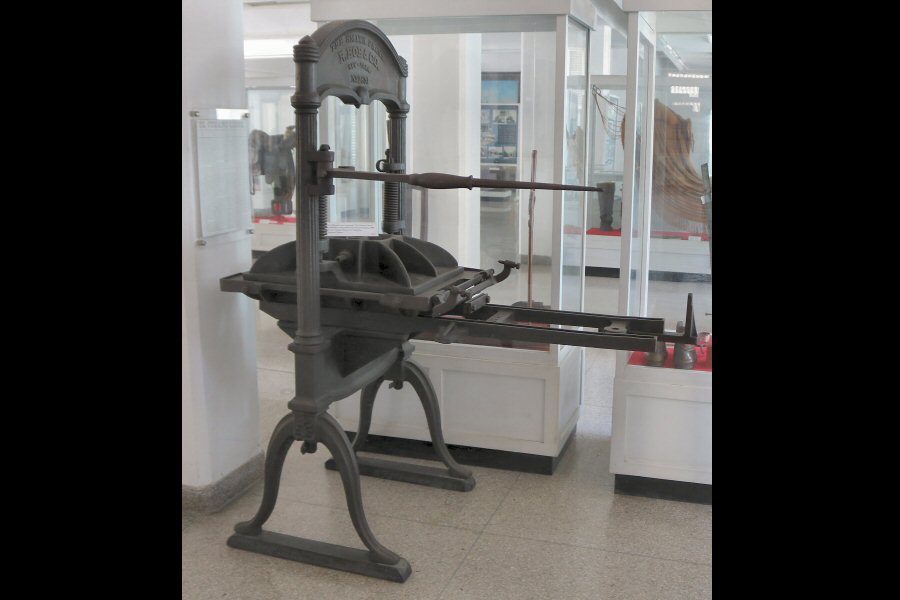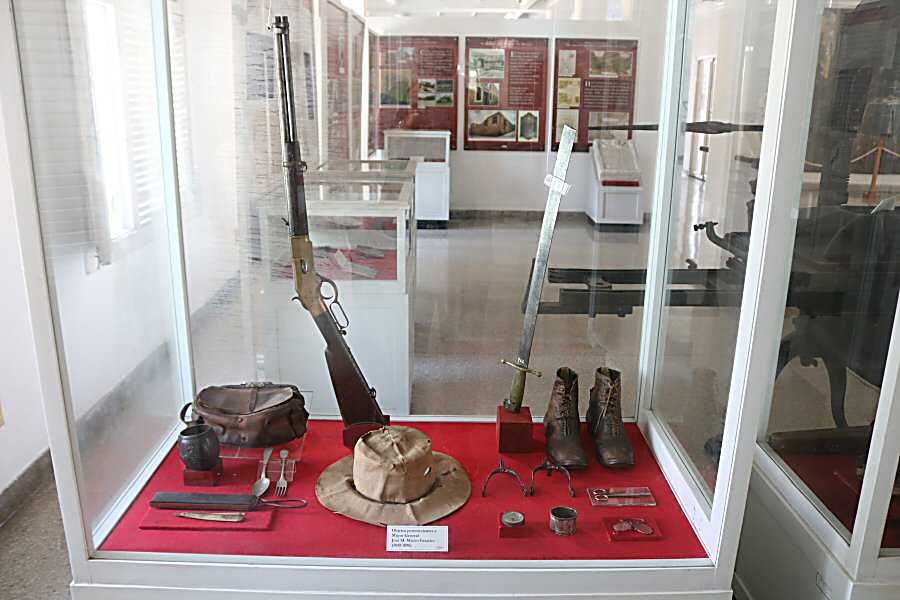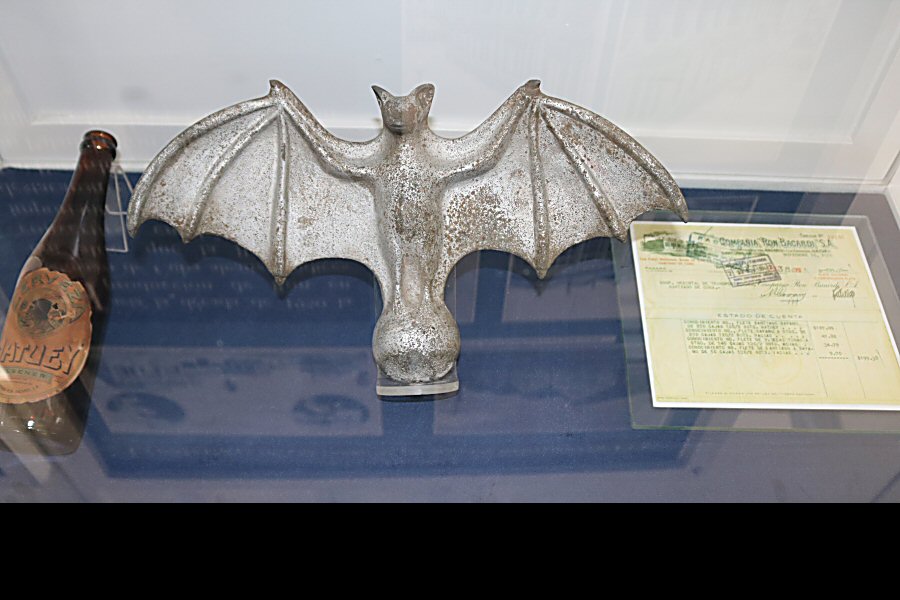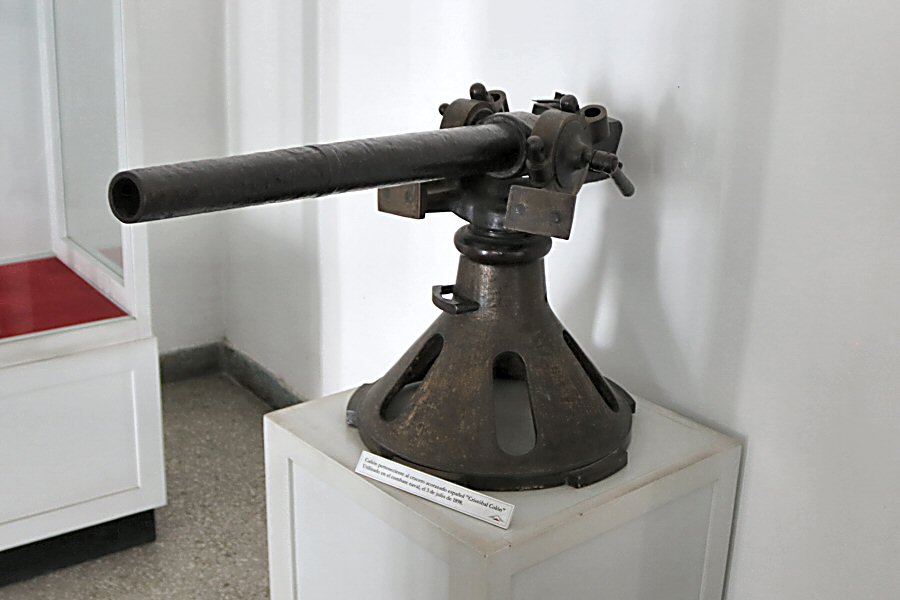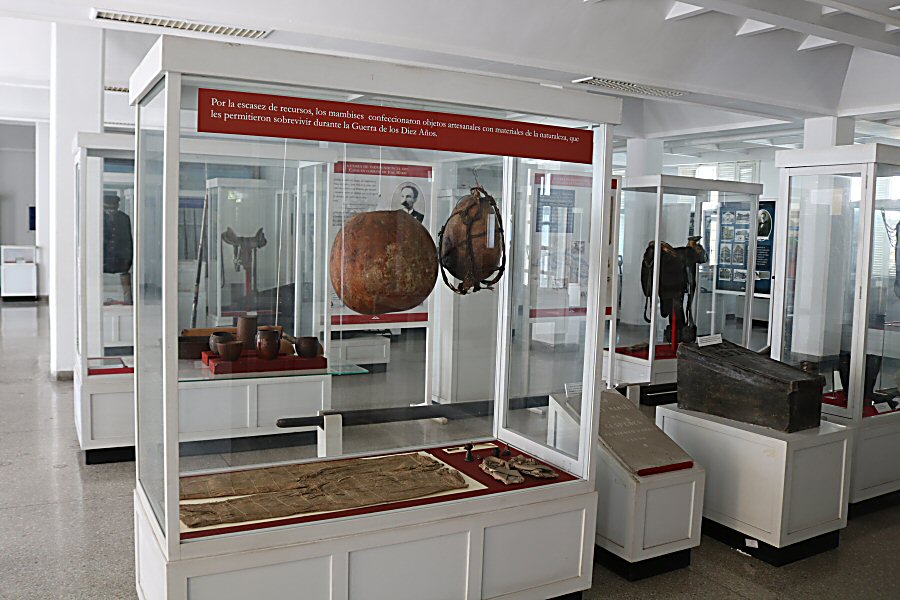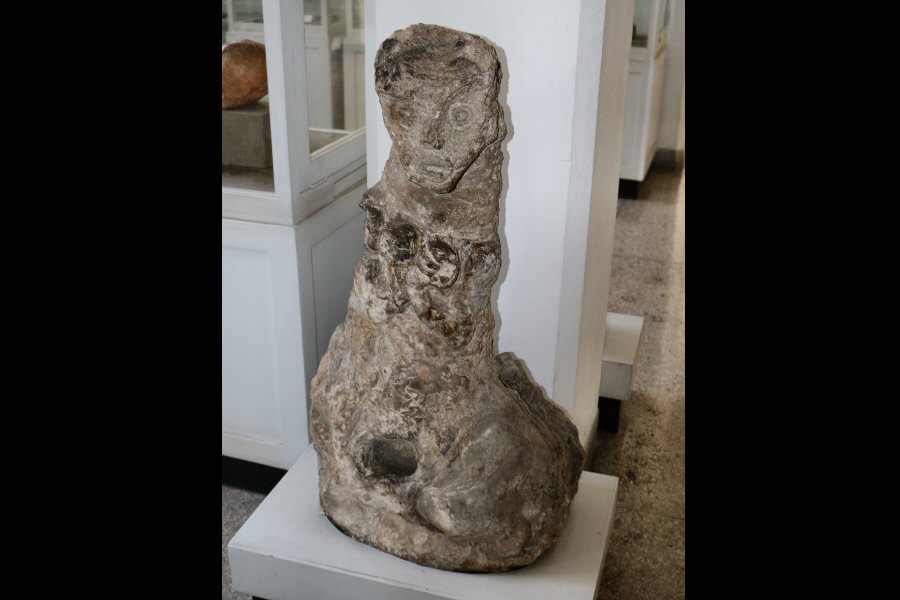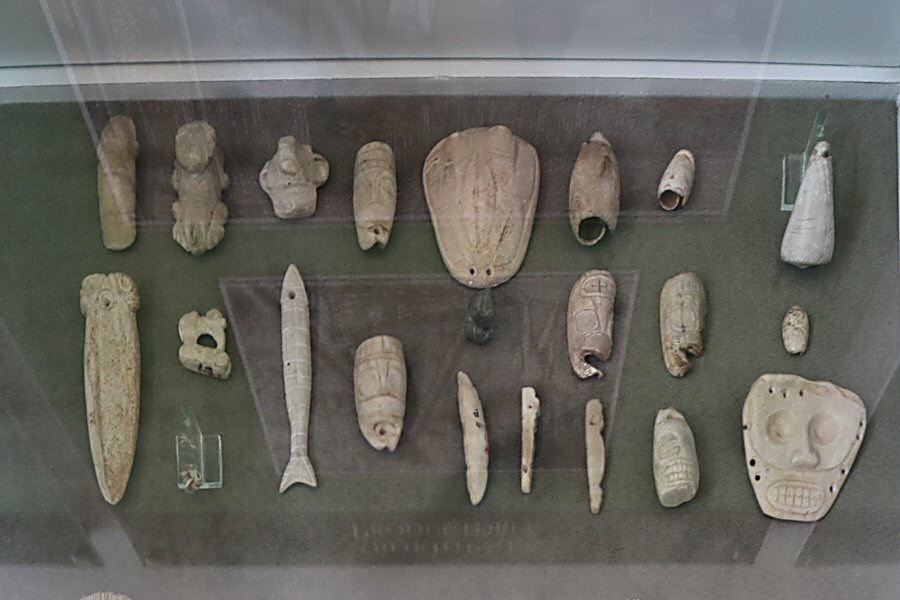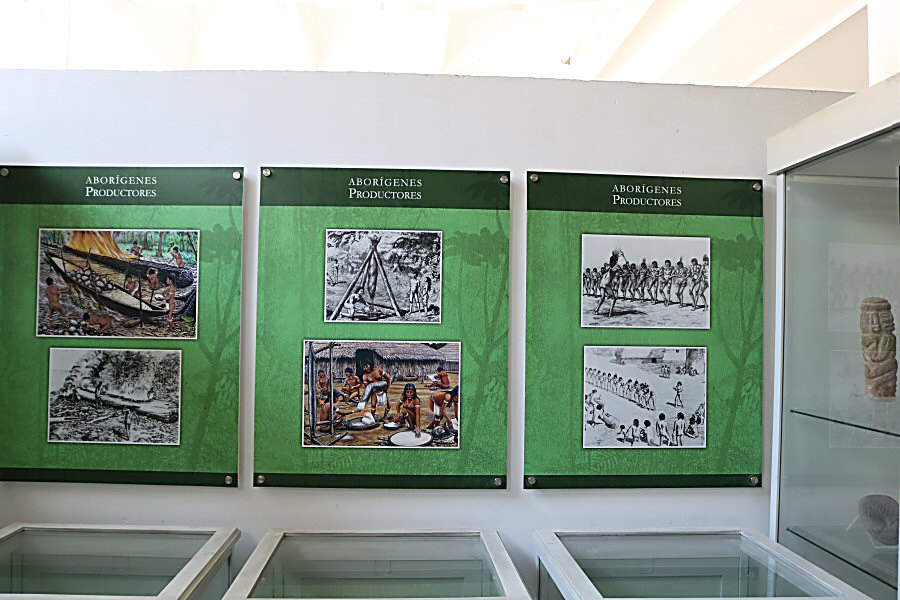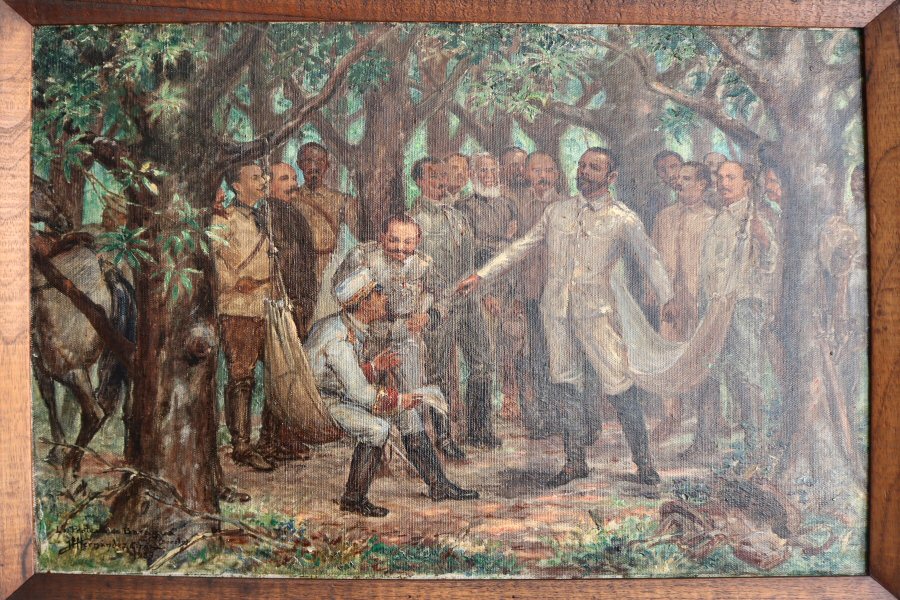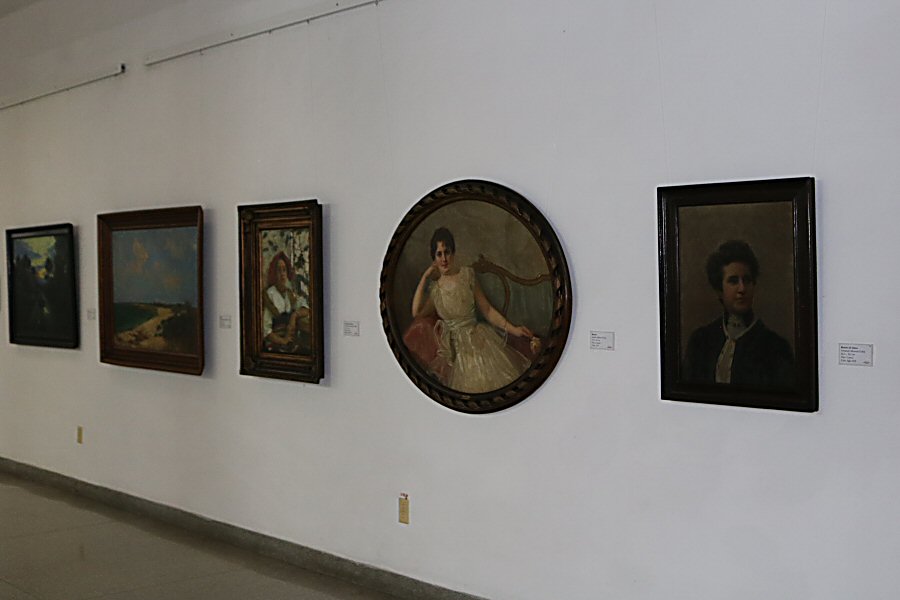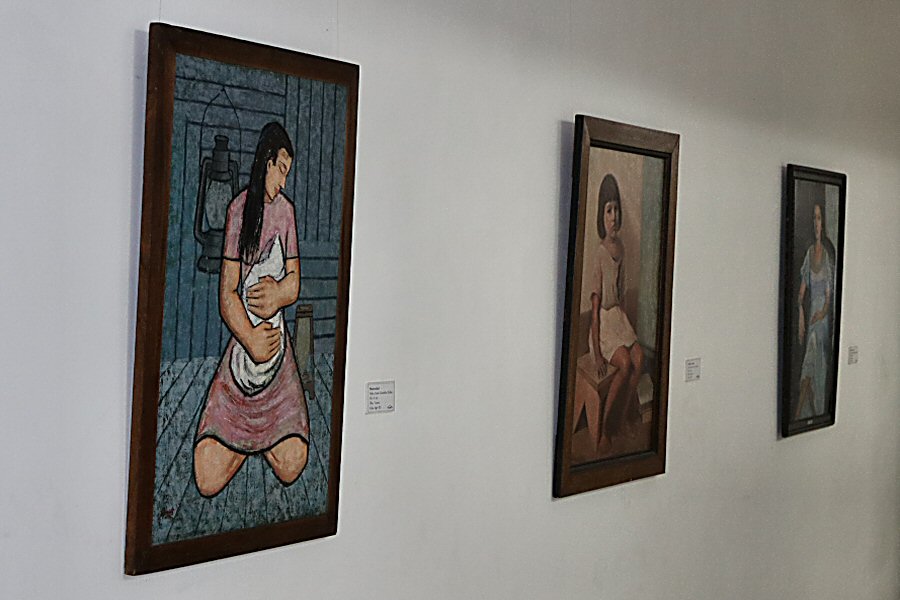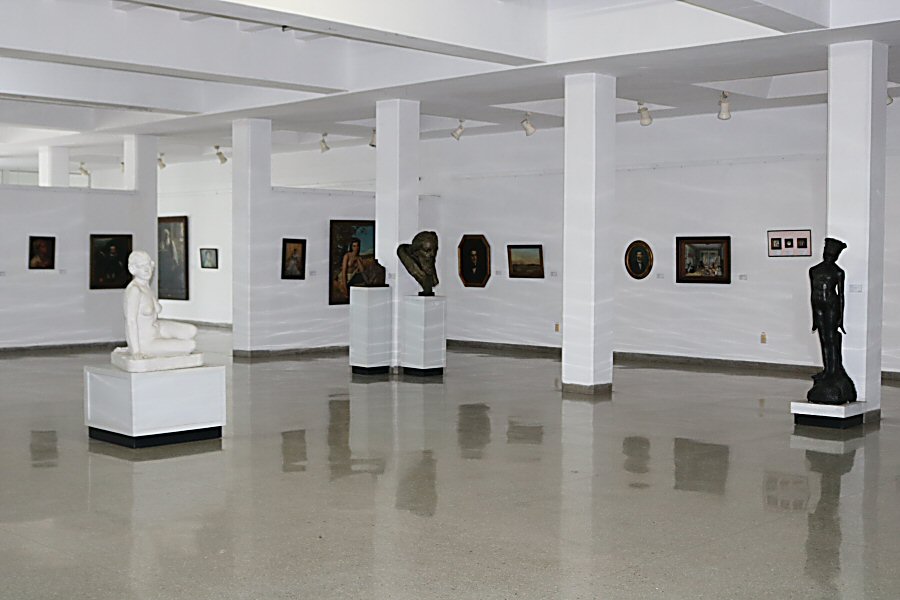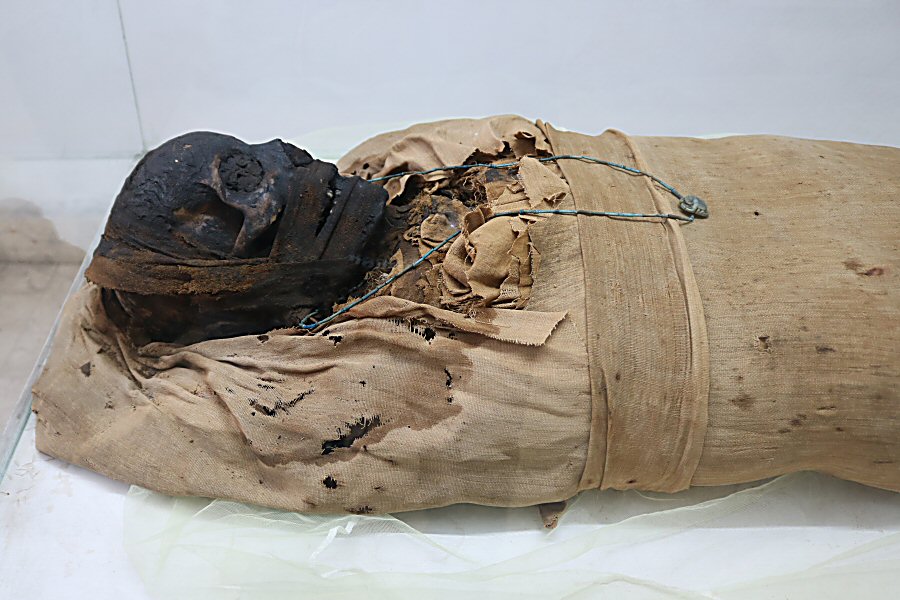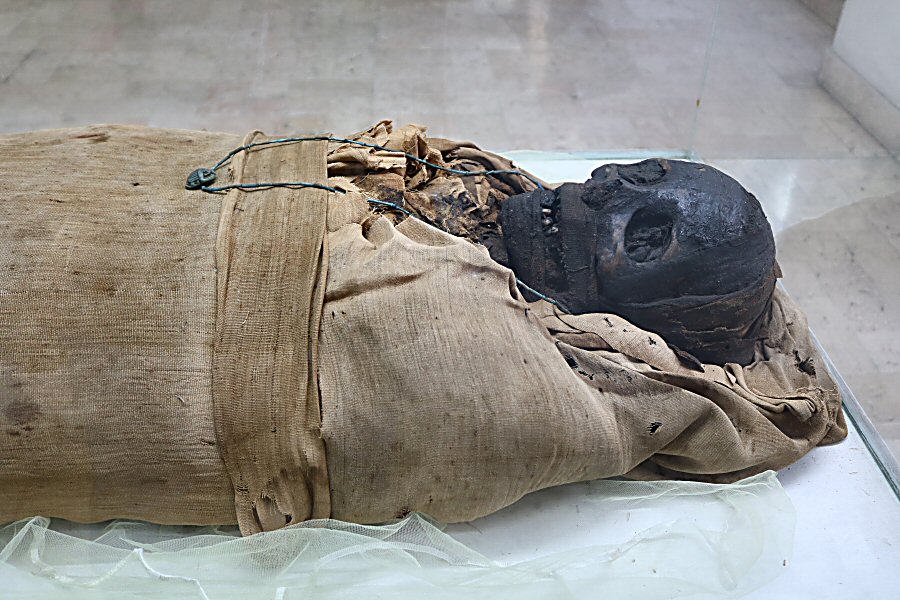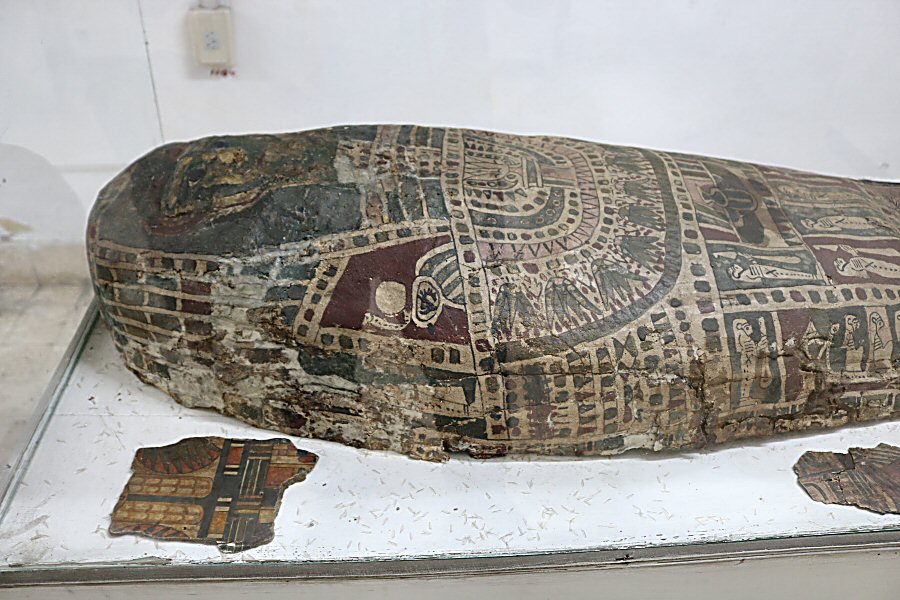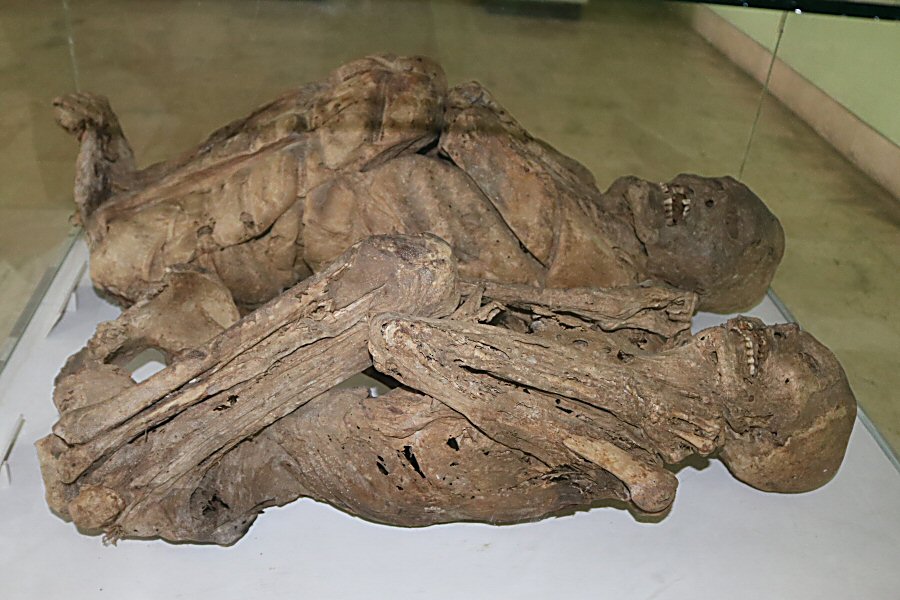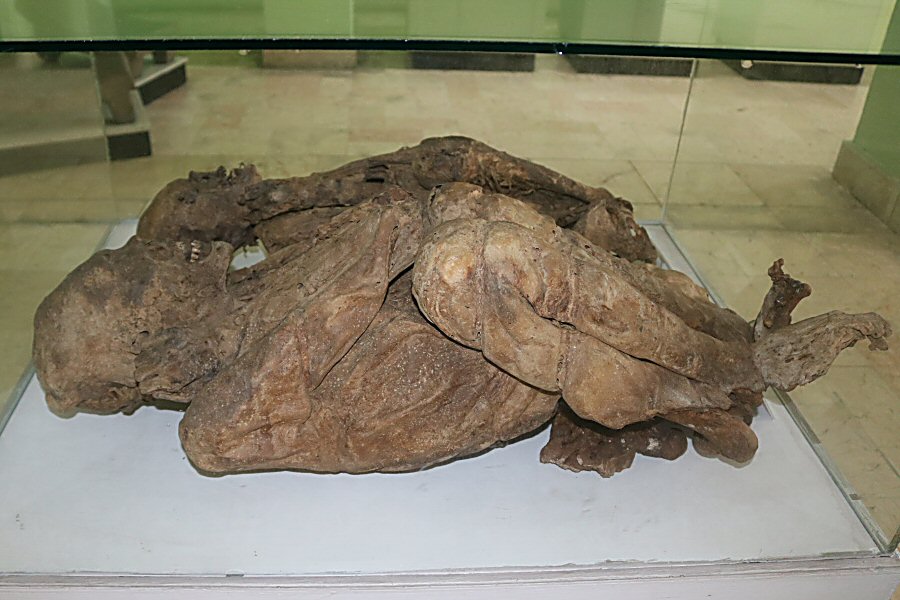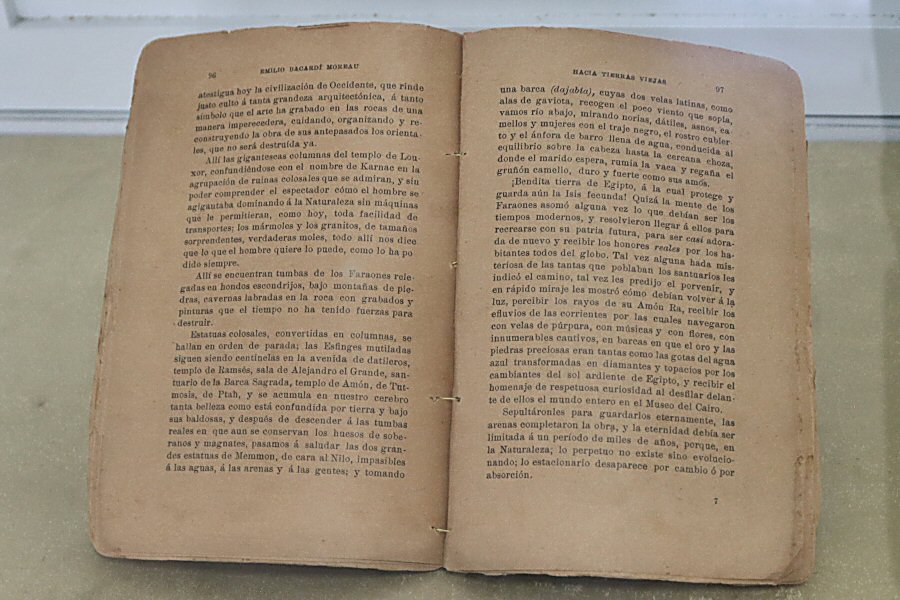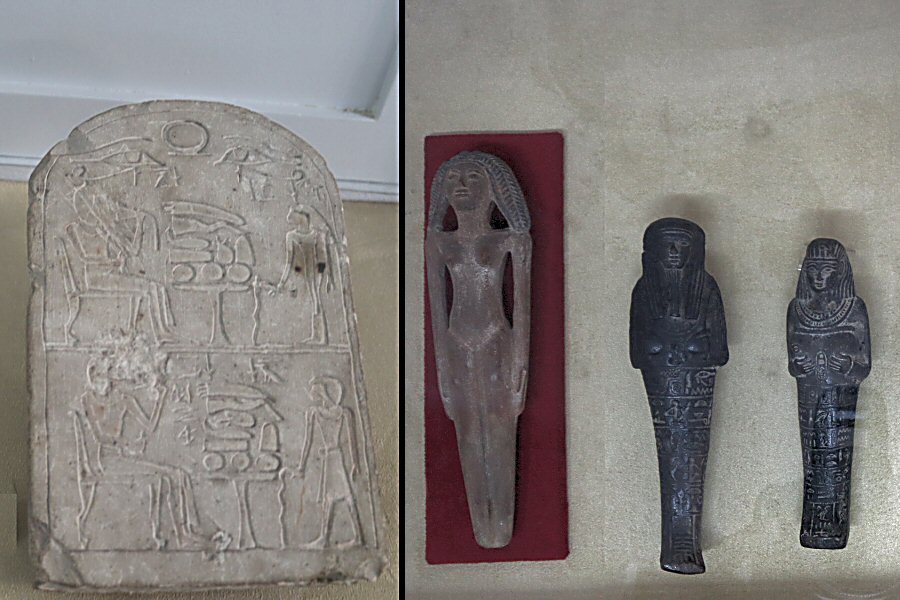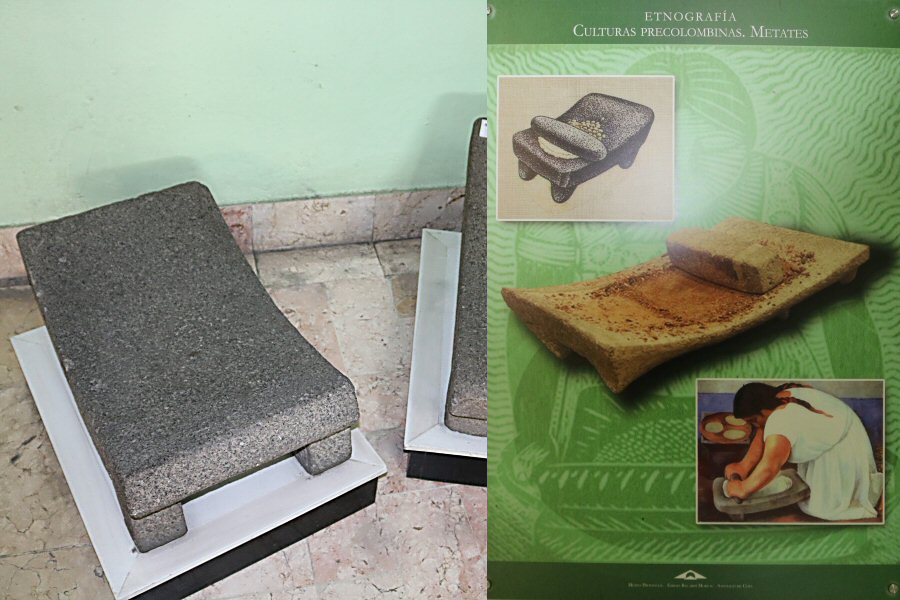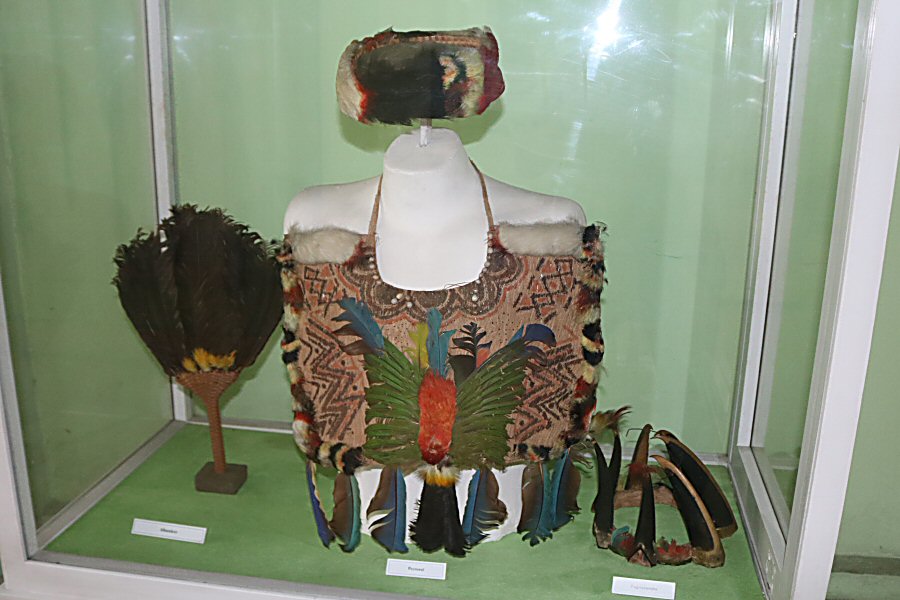
The museum has three exhibition rooms that coincide with its three
floors. The first floor is devoted to Sala de Conquista y
Colonización, where sixteenth-century helmets, spurs, copper
cooking pots, cannons, whips, yoke, and heavy iron chains are
exhibited. Among the objects that belong to the Mesoamerican and
Pre-Columbian cultures, the Palo Mata Negro (a stick used to
destroy the black magic) should be not forgotten to see.
The first floor focuses also on the history of the fight for independence (Sala de Historia). The printing press that Carlos Manuel de Céspedes used to print the newspaper El Cubano Libre; the tailcoat and the vest of José Martí that he has worn on his first visit to Tampa in 1891 where Ignacio Agramonte made a speech about the organization of the Cuban Revolutionary Party; the dental case with double bottom that Dr. Zambrano used to hide the messages that he had to transport from New York to Manzanillo in 1984; the remains of the first wooden coffin of José Martí, and his bow tie that he was wearing when he was killed during the combat; a handmade torpedo produced by the mambises to sink the Spanish ships anchored at the mouth of the Cauto river during the War of Independence are objects that stand out among the exhibited material on this floor. Other exhibited materials include mambises’ bullet belts, cups, sandals and trousers, all handmade from natural products during the war. Visitors can also see the personal belongings of Antonio Maceo Grajales and Carlos Manuel de Céspedes.
On the second floor, paintings and sculptures, including some portraits of colonial Cubans and several paintings of the Cuba’s most prominent artists, are displayed (Sala de Artes). The fascinating collection of colonial paintings that date back to the last three centuries, as well as the huge collection of contemporary painting and sculpture, makes the museum one of the most important art galleries in Cuba.
The first floor focuses also on the history of the fight for independence (Sala de Historia). The printing press that Carlos Manuel de Céspedes used to print the newspaper El Cubano Libre; the tailcoat and the vest of José Martí that he has worn on his first visit to Tampa in 1891 where Ignacio Agramonte made a speech about the organization of the Cuban Revolutionary Party; the dental case with double bottom that Dr. Zambrano used to hide the messages that he had to transport from New York to Manzanillo in 1984; the remains of the first wooden coffin of José Martí, and his bow tie that he was wearing when he was killed during the combat; a handmade torpedo produced by the mambises to sink the Spanish ships anchored at the mouth of the Cauto river during the War of Independence are objects that stand out among the exhibited material on this floor. Other exhibited materials include mambises’ bullet belts, cups, sandals and trousers, all handmade from natural products during the war. Visitors can also see the personal belongings of Antonio Maceo Grajales and Carlos Manuel de Céspedes.
On the second floor, paintings and sculptures, including some portraits of colonial Cubans and several paintings of the Cuba’s most prominent artists, are displayed (Sala de Artes). The fascinating collection of colonial paintings that date back to the last three centuries, as well as the huge collection of contemporary painting and sculpture, makes the museum one of the most important art galleries in Cuba.
